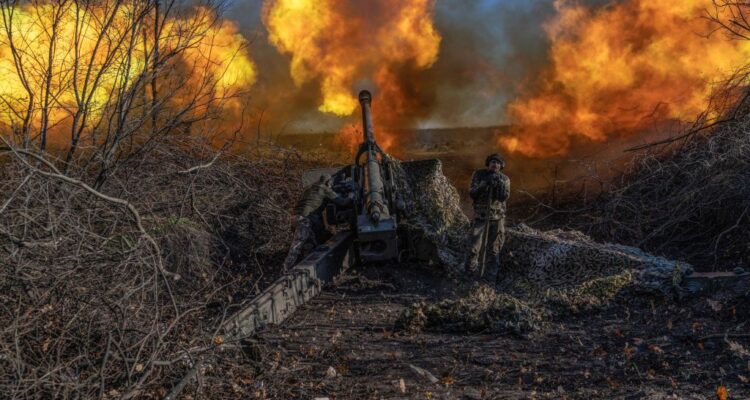There’s an old Soviet joke in which a journalist asks the general secretary of the Communist party to assess the country’s economy. ‘Good’ is the short answer. The journalist implores the leader to elaborate so he can complete his story. ‘In that case,’ the general secretary responds, ‘not good.’
Much the same could be said of the state of the world today. As global leaders gathered in New York for the 78th annual session of the United Nations General Assembly—with the notable exceptions of Chinese President Xi Jinping, Russian President Vladimir Putin, UK Prime Minister Rishi Sunak, Indian Prime Minister Narendra Modi and French President Emmanuel Macron—there were many reasons to be concerned.
The US–China relationship, arguably the most important of this era, is in poor shape despite a recent increase in the pace of diplomatic exchanges. The US goal is for the two major powers to establish a floor for bilateral ties. At best, however, the two governments will be able to avoid a crisis. But that is made more difficult by China’s refusal to resume military-to-military communications and establish a crisis communication channel. Even optimists don’t foresee a path for the two to cooperate meaningfully on pressing regional or global challenges in the near future.
Meanwhile, China faces significant economic challenges, largely due to its own policy shortcomings. But even if the problems are homegrown, it doesn’t mean the consequences will remain confined to China. At a minimum, what happens there will impede global economic growth. At worst, there’s the possibility that China’s leadership will be tempted to act more aggressively abroad to distract from its domestic economic woes.
Read the article by Richard N. Haass in The Strategist.

